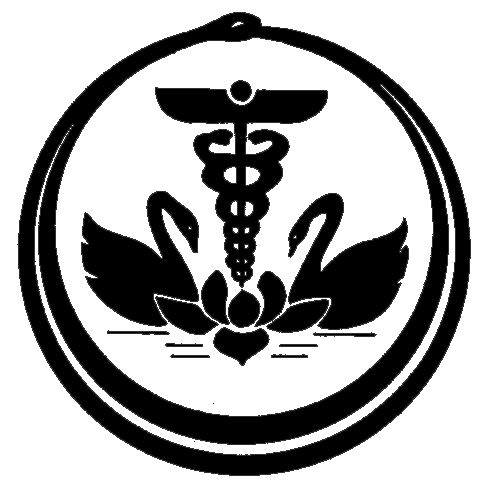continued from last issue . . .
CALCAREA CARBONICUM
Though Calcarea carb is generally thought of as an anti-sycotic remedy, it is similar to Sulphur in that it comprises characteristics of all the miasms. It is particularly useful in the tubercular diathesis because of the combined effects of the syphilitic and psoric elements. The source of Calcarea carb is the snowy white calcareous substance in the middle layer of the oyster’s shell that has been excreted by the mantle of the mollusc and is in fact a deposit of finely crystalline calcium carbonate.
The general characteristics of Calcarea carbonica are as follows: The Calcarea patient appears flabby and bulky with a chalky complexion and muscular weakness. The Calcarea carb patient may also present conditions of muscular spasm, affecting both skeletal and plain muscle.
One of its most prominent keynotes is the tendency to obesity. In the case of obesity, Calc carb will have to be repeated several times over a longer period of several months and should be given in the higher or highest potencies. The patient may have a fondness for sweets and a craving for eggs. The child may eat dirt, coal or chalk.
Coldness in general or in single parts or patches; aggravated by standing or when a limb is allowed to hang down, which causes blockage of the circulation.
Sweating is a prominent feature, often excessive and especially marked on feet and head. Copious night sweats are often seen in children while they are sleeping. All discharges smell sour.
Easily fatigued and out of breath, associated with muscular weakness and poor development, with imperfect ossification of the skull, hydrocephalus and delayed mental development. Here we have the ultimate pernicious effects of the introduction of lime into the system. These effects are obviously the same as those that follow its deficiency. Because of the great relaxation in tissues everywhere—of muscles and the walls of blood vessels, especially in the lower limbs and anus– there are varicose veins in the legs and marked hemorrhoids.
A strong characteristic of Calcarea carb is the tendency to the formation of polypoid papillomatous growths. Due to the presence of this building up process in glands and bones, it can be used to cure a variety of tumors.
While the oyster squats on the ocean bed with the two halves of its shell widely gaping in seeming inertia, the Calcarea carb patient is similarly inert and very obstinate as it covers with clam-like unresponsiveness the turmoil of fears and restlessness of the mind with gloom and anxieties that are seething within. Thus, in accordance with the physical characteristics of Calc carb, mentally the patient tends to be slow, dull, uninterested, timid and averse to anything that requires mental effort. This is not due to inherent laziness but to the inability to make effort, which is an affliction rather than the fault of the patient. The Calc carb patient is indisposed to all work. Effort causes distress.
. . . to be continued
Dr. Barbara Bova, HOD, Dept of Homeopathy
